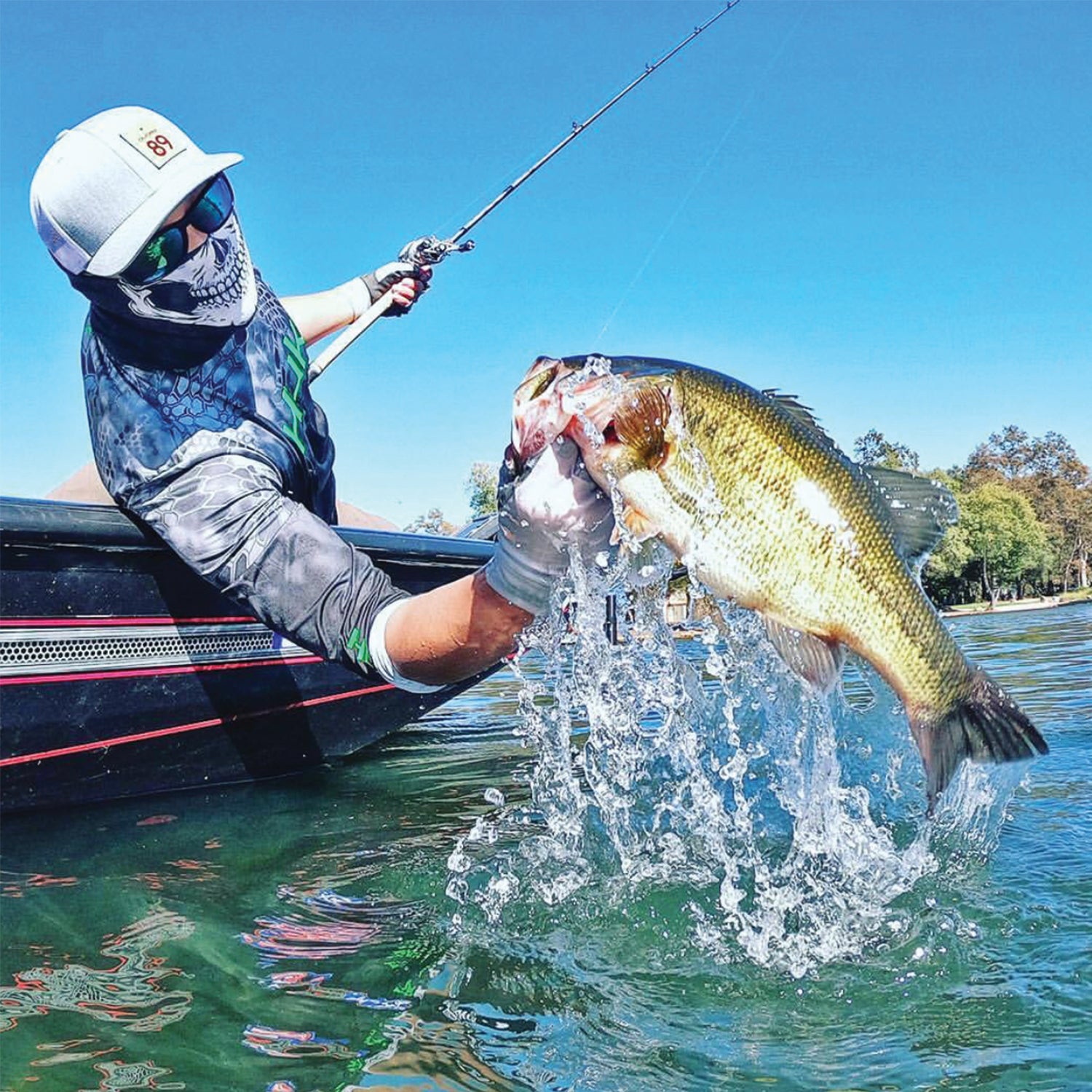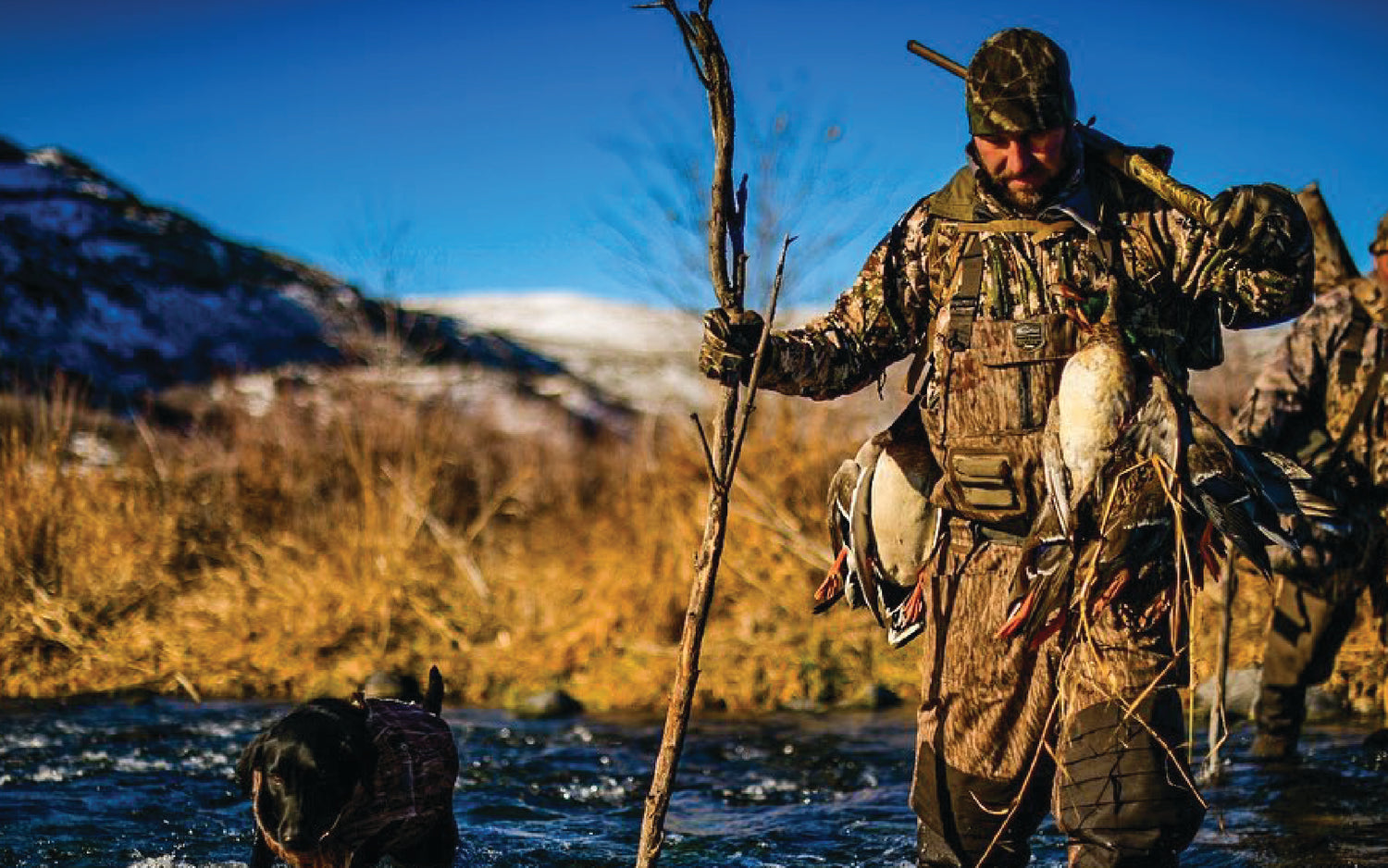Crossbow hunting is a fantastic way to immerse yourself in the ancient practice of hunting while leveraging modern technology. Whether you're an experienced hunter looking to diversify your skill set or a beginner eager to dive into the world of hunting, crossbows offer a unique and rewarding experience. This guide will walk you through everything you need to know to get started, from choosing the right crossbow to understanding state regulations and safety measures.
Understanding Crossbows: A Brief Overview
Crossbows have been around for centuries, but modern crossbows have come a long way from their ancient counterparts. Today's crossbows are powerful weapons, designed with precision and efficiency in mind. They come in various types, each with its own advantages and key considerations.
Recurve vs. Compound Crossbows
The two main types of crossbows are recurve and compound crossbows.
Recurve crossbows are known for their simple design and ease of use. They have fewer moving parts, making them more durable and easier to maintain. However, they require more physical strength to cock due to their longer draw length.
Compound crossbows or compound bows use a system of pulleys and cables to reduce the effort needed to draw the string. This makes them a popular choice among crossbow hunters, especially those who prefer a lighter draw weight range and faster speeds. Compound crossbows are often favored by hunters looking for the best results in the field, thanks to their increased power and accuracy.
Choosing the Right Crossbow for You
Entry-Level Crossbows
If you're new to crossbow hunting, an entry-level crossbow is a great way to start. These crossbows are designed with beginners in mind, offering a balance of ease of use, affordability, and effectiveness. Brands like Barnett XP and Wicked Ridge offer some of the best value options for newcomers, combining quality with an affordable price point.
High-Quality and Best Value Crossbows
For those who want a high-quality crossbow without breaking the bank, it’s worth looking into models that offer the best balance of price, power, and performance. Some great crossbow options include those from Wicked Ridge, known for their durability and performance at a best value price range.
Key Considerations
When choosing a crossbow, several key considerations should guide your decision:
1. Draw Weight: The minimum draw weight for hunting is typically around 125 pounds, but it can vary depending on the game you're pursuing. Higher draw weights generally provide more kinetic energy, which is crucial for larger game like deer.
2. Arrow Speed: Measured in feet per second (FPS), arrow speed is a critical factor for accuracy and penetration. Modern crossbows can reach speeds of over 400 FPS, making them effective tools for hunting at short distances.
3. Overall Weight: The weight of the crossbow is another important factor, especially if you plan to hunt from a tree stand or carry your crossbow for extended periods. Lighter crossbows are easier to handle, but heavier crossbows often provide better stability and accuracy.
Essential Accessories and Equipment
Once you’ve chosen your crossbow, outfitting it with the right accessories is the next step to ensure a successful hunt.
Crossbow Bolts and Broadheads
Crossbow bolts are shorter and heavier than arrows used with traditional bows. Selecting the right bolts is essential for accuracy and penetration. Additionally, choosing the appropriate broadheads is crucial. Fixed-blade broadheads are a reliable option for most game, offering consistency and durability. Mechanical broadheads, on the other hand, expand upon impact, providing larger wound channels, which can be beneficial for larger game.
Cocking Devices
A cocking device is a must-have for any crossbow hunter, especially if you're using a crossbow with a higher draw weight. Rope cockers are a common choice, reducing the effort needed to cock the bow and ensuring consistency in each shot. For those looking for minimal effort, a crank cocking device might be the best choice, though it does add to the overall weight of the crossbow.
Sights and Scopes
Accuracy is paramount in crossbow hunting, and a good sight or scope can make all the difference. Red-dot sights are a popular choice due to their simplicity and ease of use, making them ideal for beginners. However, more experienced hunters might opt for a scope with magnification to improve accuracy at longer distances.
Safety Features
Safety should always be a priority in hunting. Look for crossbows equipped with an anti-dry fire mechanism, which prevents the crossbow from firing without a bolt loaded, reducing the risk of damage and injury. Additionally, always ensure your crossbow has a reliable safety mechanism and practice keeping your finger off the trigger until you're ready to shoot.
Understanding State Regulations
Before heading out on your first hunt, it's essential to familiarize yourself with the state regulations governing the use of crossbows in your area. These laws vary widely and cover everything from the minimum draw weight required for hunting to specific hunting seasons and the types of game you can pursue with a crossbow.
For example, some states allow the use of crossbows during the entire archery season, while others restrict their use to specific times or conditions, such as for hunters with physical disabilities. Understanding these regulations is crucial to ensuring a legal and successful hunt.
Preparing for Your First Hunt
With your equipment selected and knowledge of local regulations in hand, it's time to prepare for your first hunt. Whether you're targeting deer, small game, or waterfowl, there are some universal tips that can help make your first crossbow hunting experience a success.
Regular Practice
Regular practice is the most important thing you can do to improve your crossbow hunting skills. Spend time at a shooting range to familiarize yourself with your crossbow's feel, its trigger mechanism, and the trajectory of your bolts. Practicing from an elevated position, such as a tree stand, can also help simulate real hunting conditions.
Safety First
Always prioritize safety when hunting. Keep your crossbow pointed in a safe direction at all times, and never climb into a tree stand with a loaded crossbow. Make sure you’re aware of your surroundings, especially when hunting in groups or with family members.
Making the Shot
When the moment of truth arrives, it’s crucial to stay calm and composed. Ensure your target is within your crossbow’s maximum range and that you have a clear shot. Remember that crossbows are most effective at short distances, typically within 40 yards, so patience and precision are key.
The Joy of Crossbow Hunting
Crossbow hunting is more than just a means to an end; it’s an experience that connects you with nature and the traditions of hunting. Whether you're hunting alone, with friends, or as a family, the thrill of the hunt and the satisfaction of a successful hunt are unmatched.
For families, crossbow hunting can be a great way to bond and share the outdoors. Teaching younger generations about safety, respect for wildlife, and the skills needed to be a successful hunter can be incredibly rewarding.
Conclusion
Embarking on your crossbow hunting journey is an exciting adventure filled with learning opportunities and challenges. By choosing the right crossbow, outfitting it with the right equipment, and understanding the regulations and best practices, you’ll be well on your way to becoming a skilled crossbow hunter.
Whether you’re pursuing big game like moose or caribou, small game, or even waterfowl, crossbows offer a versatile and effective tool for the hunt. With regular practice and attention to detail, your efforts will pay off in the field. Remember, every hunter started as a beginner, and with patience and perseverance, you too can become a seasoned hunter with a wealth of stories to tell.
Happy hunting!





